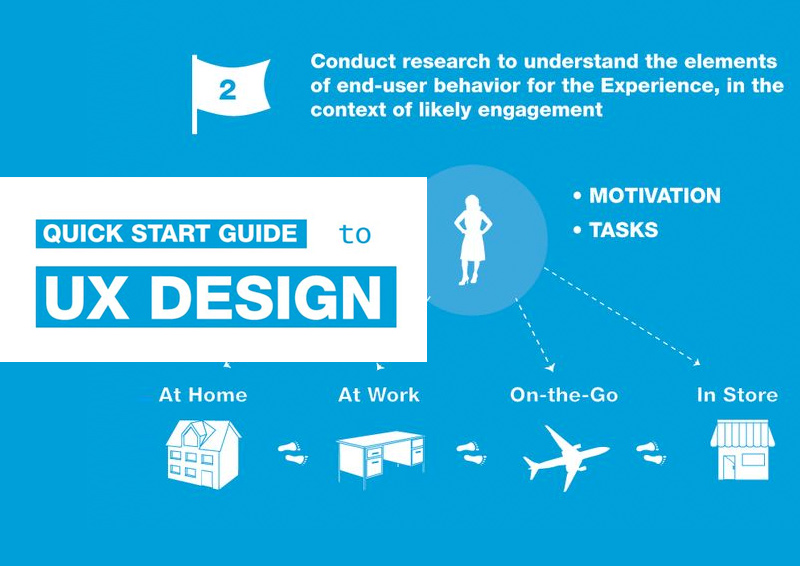The Evolution Of Website Layout: From Past To Present
The Evolution Of Website Layout: From Past To Present
Blog Article
go source -Thorsen Molina
In the past, web sites were basic and concentrated on info. Navigating was straight, and design was for desktop computers. Now, user experience is crucial. Data guides styles for simple navigating. Responsive designs suit different tools. Today, dark mode decreases pressure, and minimal menus boost navigation. Interactive functions engage customers, and bold visuals stand out. AI combination improves interaction. See how layout has actually developed to boost your online trip.
Very Early Days of Web Design
In the early days of website design, simplicity preponderated. Web sites were basic, with minimal shades, font styles, and designs. The focus got on offering info as opposed to fancy visuals. Individuals accessed the web through slow dial-up links, so rate and performance were vital.
Navigating menus were straightforward, commonly located at the top or side of the page. Internet sites were developed for home computer, as mobile surfing had not been yet prevalent. Material was king, and designers prioritized very easy readability over complex layout components.
HTML was the primary coding language used, and designers needed to work within its constraints. Computer animations and interactive features were marginal compared to today's criteria. Websites were static, with little dynamic material or personalized individual experiences.
Increase of User-Focused Design
With the evolution of internet site style, a shift in the direction of user-focused style principles has actually ended up being significantly popular. Today, creating sites that focus on individual experience is crucial for involving visitors and attaining service objectives. User-focused layout entails understanding the needs, preferences, and behaviors of your target audience to tailor the website's layout, web content, and includes as necessary.
Designers now perform thorough study, such as customer surveys and usability screening, to gather insights and comments directly from customers. This data-driven strategy helps in developing intuitive navigating, clear calls-to-action, and aesthetically attractive user interfaces that reverberate with site visitors. By putting the user at the facility of the design process, websites can supply a more personalized and satisfying experience.
Receptive design has also emerged as a crucial aspect of user-focused layout, making certain that web sites are optimized for numerous tools and display dimensions. This flexibility enhances availability and functionality, accommodating the diverse ways customers engage with sites today. Basically, the increase of user-focused layout represents a change towards creating digital experiences that prioritize the needs and assumptions of completion user.
Modern Trends in Website Design
Check out the latest trends shaping website design today. One prominent trend is dark mode style, using a streamlined and modern-day appearance while decreasing eye strain in low-light settings. An additional crucial fad is minimal navigation, simplifying menus and enhancing customer experience by concentrating on essential elements. Integrating micro-interactions, such as animated switches or scrolling results, can develop a much more interesting and interactive website. Receptive layout remains essential, guaranteeing smooth individual experiences across various gadgets. Additionally, utilizing bold typography and unbalanced formats can include aesthetic passion and accentuate certain material.
Incorporating AI technology, like chatbots for consumer support or tailored referrals, improves individual engagement and enhances procedures. https://www.entrepreneur.com/article/385177 has likewise become a significant fad, with designers prioritizing inclusive design practices to accommodate diverse customer needs. Welcoming sustainability by enhancing site performance for rate and effectiveness is another emerging trend in website design. Teaming up with individual responses and information analytics to repeat and improve design constantly is necessary for remaining pertinent in the ever-evolving electronic landscape. By embracing these contemporary patterns, you can develop an aesthetically attractive, straightforward site that resonates with your audience.
Final thought
As you assess the advancement of website layout from the very early days to currently, you can see how user-focused style has come to be the driving force behind modern-day trends.
Embrace the trip of adjustment and adaptation in web design, always maintaining the customer experience at the forefront.
Stay current with the most up to date trends and modern technologies, and never quit evolving your method to develop aesthetically sensational and straightforward sites.
Advance, adapt, and create - the future of website design is in your hands.
